

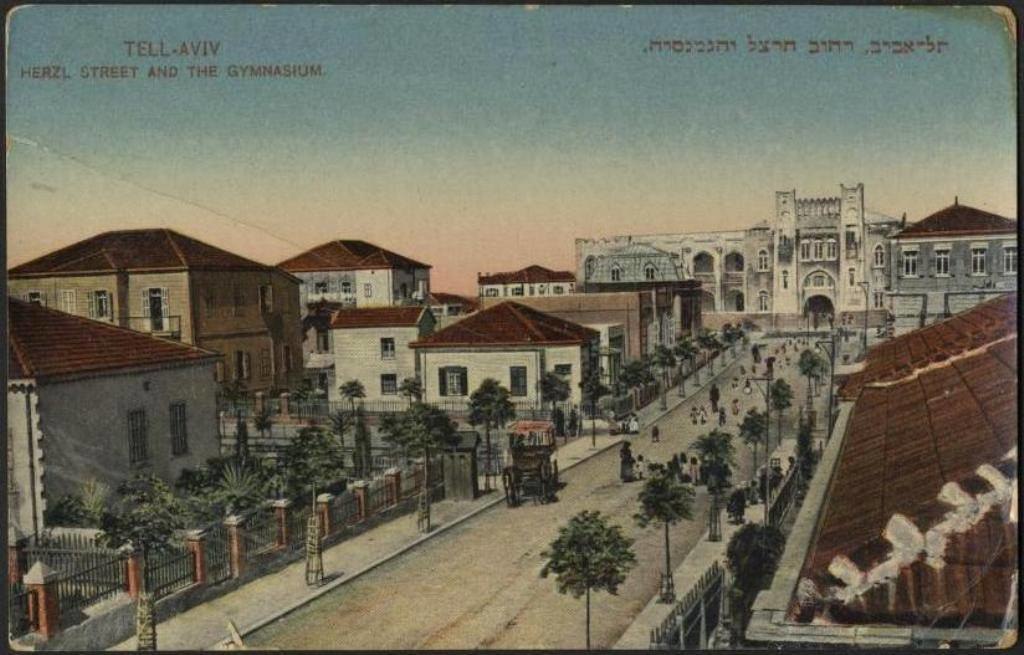
The entrance to a building is the touch point at which the private domain meets the public realm, where architecture meets the city. Looking at a building’s façade and its immediate surroundings, one can identify certain motifs - tectonic, functional or decorative elements, foreshadowing the spatial experience of the building’s interior. Nonetheless, the urban function that the building entrance holds is a small-scale gateway to the city’s identity. The entrances, vestibules, doorways, front steps and porticos - all reflect social, economic, cultural and urban transformations within the city.
Although only a 109 years old, Tel Aviv has undergone a rapid change in typology of residential architecture - from the low-rise high-density historic center to a somewhat awkward combination of conserved buildings with hovering skyscrapers. Yet, the most profound change is found in the way the ground floor relates to the street. Examining different entrances to residential buildings throughout the past century, reveals their role as architectural “prologues” or “expositions” to the transforming narrative of the city. This transformation is identified in several key stages, in accordance to the image the city wished to present over the years.
The entrance to a building is the touch point at which the private domain meets the public realm, where architecture meets the city. Following Roland Barthes’ assertion that the city is discourse, then the architectural street façades are inevitably part of its language. Looking at a building’s façade and its immediate surroundings, one can identify certain motifs - tectonic, functional or decorative elements, foreshadowing the spatial experience of the building’s interior. Nonetheless, the urban function that the building entrance holds is a small-scale gateway to the city’s identity, it is a form of speech to the city’s inhabitants. The entrances, vestibules, doorways, front steps and porticos - all reflect social, economic, cultural and urban transformations within the city.
Although only a 109 years old, Tel-Aviv has undergone a rapid change in typology of residential architecture, from the low-rise high-density historic center to a somewhat awkward combination of conserved buildings with hovering skyscrapers. Yet, the most profound change is found in the way the ground floor relates to the street. Examining different entrances to residential buildings throughout the past century, reveals their role as architectural “prologues” or “expositions” to the transforming narrative of the city. This transformation could be identified in several key stages, in accordance to the image the city wished to present over the years:
1. Ahuzat Bayit (1909-1921) – front porches of a garden city
Tel Aviv was first founded as a modern suburban neighborhood in the outskirts of 3000-year-old Jaffa. The new housing estate was founded by Jewish residents of Jaffa, who first named it Ahuzat Bayit, meaning “homestead” in Hebrew. Their goal was to establish a Hebrew urban center, in the model of a garden city. The purchased land was divided into 60 plots, and within a year the first 66 houses were built. Along the main street all houses had a front yard surrounded by a fence, a porch and 3-4 steps elevated the houses from the ground, according to European custom.
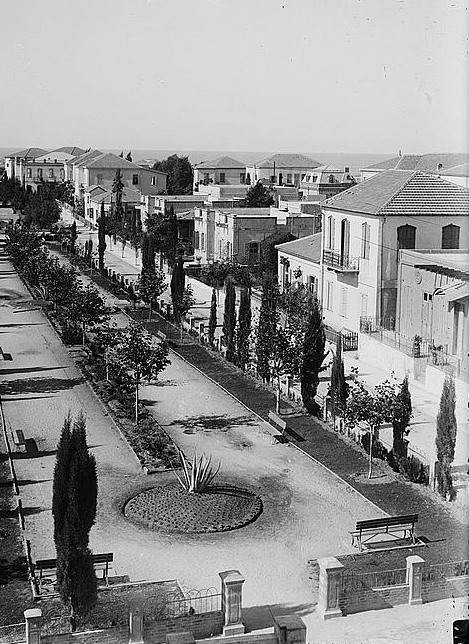
2. From riots to commercial bloom (1921-1933) – coming down to street level
Following the 1920’s riots between the Jewish and Arab populations in Jaffa, Ahuzat Bayit – now named Tel-Aviv – was further developed as an alternative Jewish financial and commercial center. Little by little, the ground level of the houses gave way to small businesses. The fences were taken down, and in some cases even the porches and stairs were dismantled, so the ground floor was lowered to street level. The relatively small window openings were widened to allow a commercial façade. By the 1930’s the commercial surge left no corner unused, when the spaces between the houses and even stairways were filled by kiosks, locksmiths and jewelers.
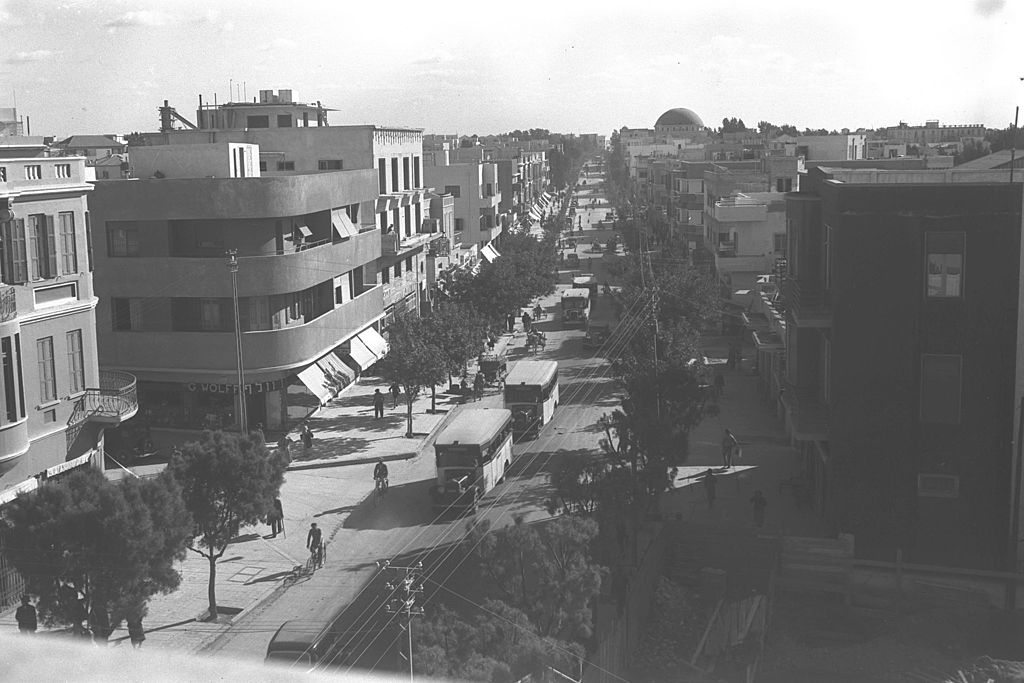
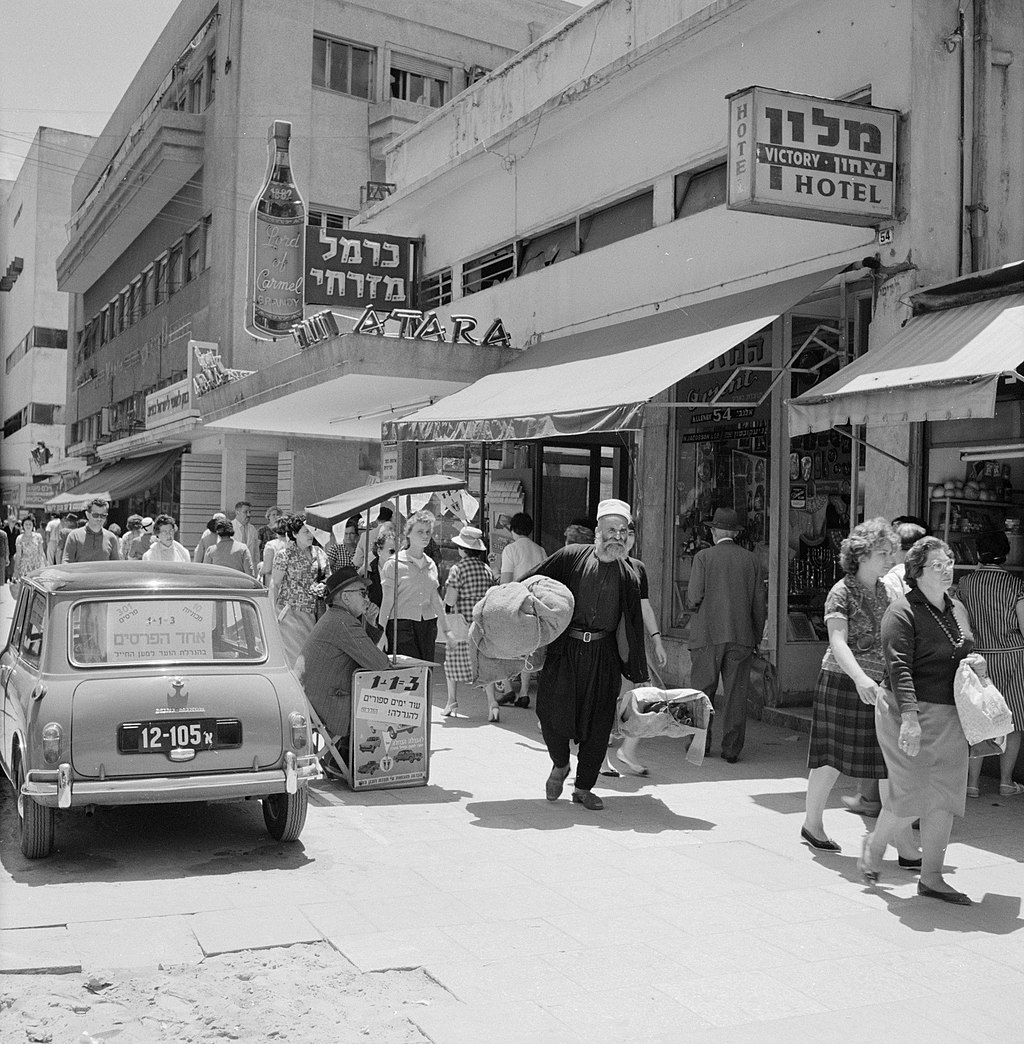
3. Bourgeois Bauhaus (1930’s and 40’s) – first buildings on columns
During the 1930’s and 40’s there was an immigration wave of Jews who fled Europe to Palestine. After the closing of the Bauhaus School by the Nazis in 1933, many of its Jewish graduates thus arrived at Tel Aviv. These unique historical circumstances resulted in the flourishing of the international style which accommodates most of the urban fabric of central Tel Aviv, named as the “White City”. The urban layout of the city was planned in the model of a garden city by Patrick Geddes (1927), and over the course of 20 years it was filled by over four thousand buildings in the Bauhaus/International Style, inhabited by bourgeois residents. Adopting Le-Corbusier’s principals, the ground floor of the white elegant buildings gave way to slender columns, stylish lobbies and foyers, and groomed gardens.
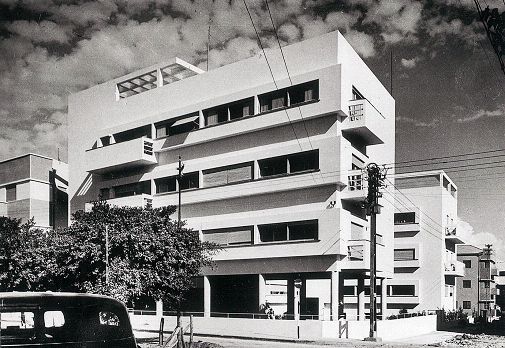
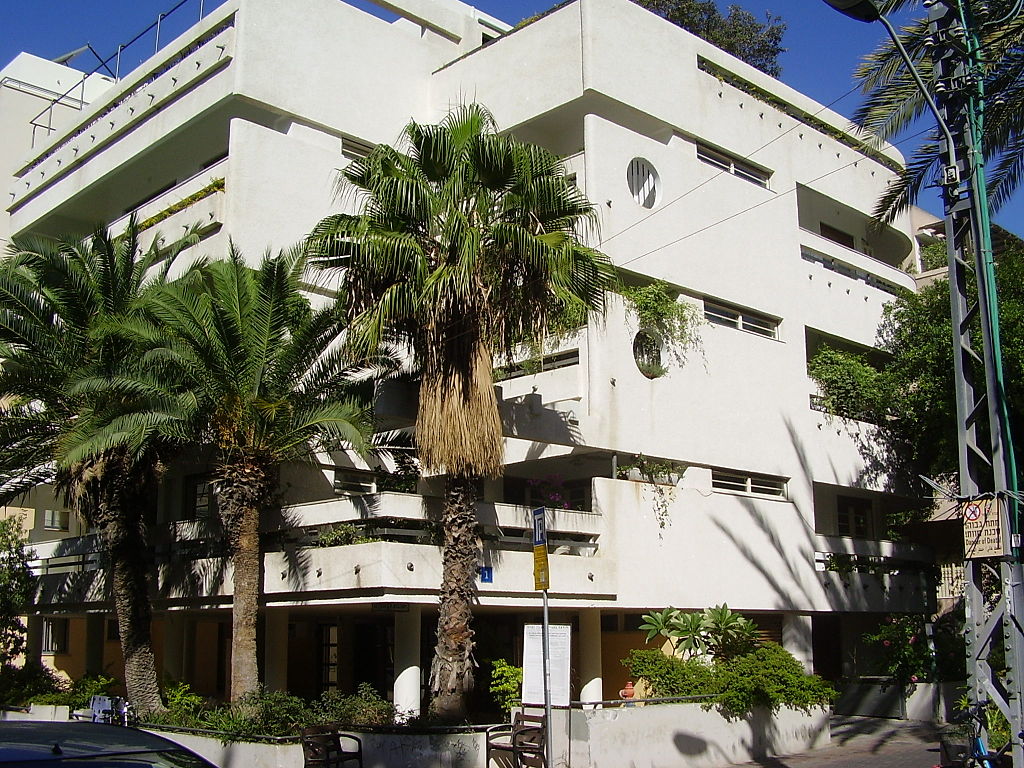
4. First years of a young country (1950’s and 60’s) – functional housing
Massive immigration following the establishment of the state of Israel, required the rapid erection of housing projects. Tel Aviv was further expanded according to socialist policy of the young welfare state, its urban design emphasizing functionalism and zoning. And so, numerous tenements and housing projects were executed in a repetitive pattern. As the scale of the city changed, along the new main streets commercial façades were placed under long colonnades.
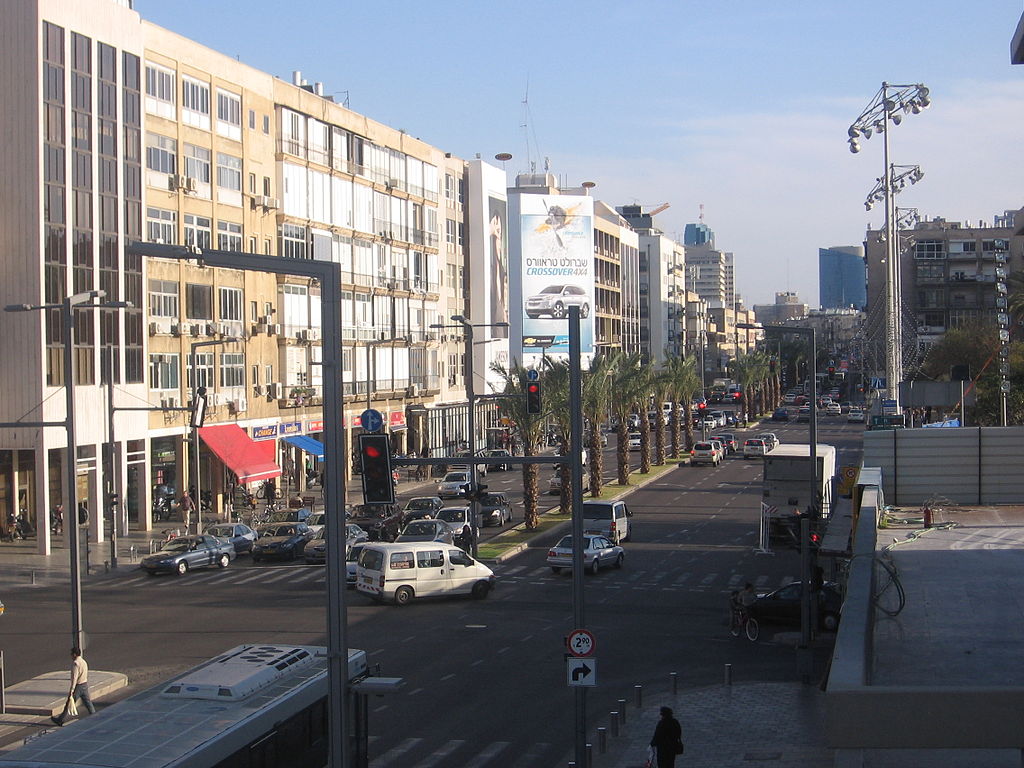
5. The “White City” (2003) – conservation dilemmas
Over the years the historic core of the city had been neglected, yet the UNESCO declaration of the white city as a world heritage site (2003) was a game changer. The city and its people identified the cultural, touristic and financial potential of the white city, thus began a conservation surge of the historic urban fabric. A municipal conservation plan was approved only in 2008, raising a well disputed conservation dilemma – which architectural stage is the most important to restore? Should façades be restored to their original state, or is the story of the city more important than the original architectural intent? Or in other words – is a locksmith housing an old stairway more relevant to the city’s narrative than the stairway itself? (See Amnon Bar or, A Time For Conservation, 2013)
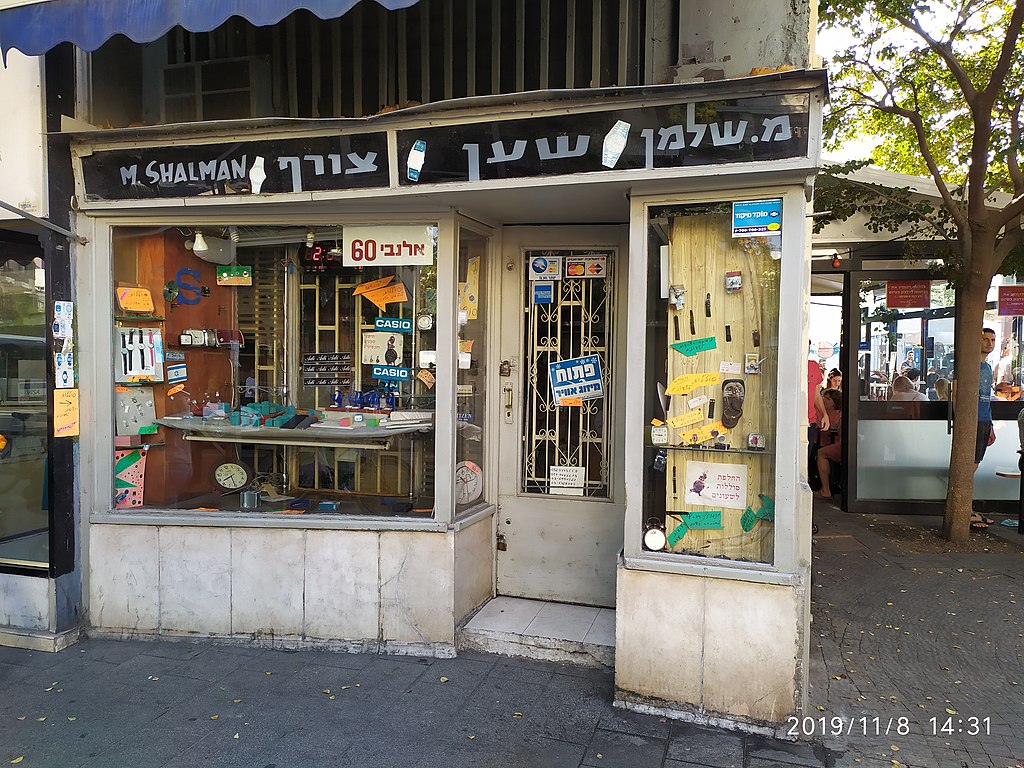
6. Towers in the garden (2000’s)
Another dilemma presented to the city planners and conservers is the change in the socio-economic climate which manifested in the erection of high-rise buildings within the old garden city. Wishing to maintain the city center as the Israel’s primary financial district, private entrepreneurs were allowed to erect sky-scrapers amongst the historic buildings, with the obligation to conserve them and allow spaces on the street level open for public use. While the outcome is debatable, it has undoubtedly changed the nature of the ground floor – what was once a neighborly front porch has now become a curtain-wall entrance to a lavish office lobby.
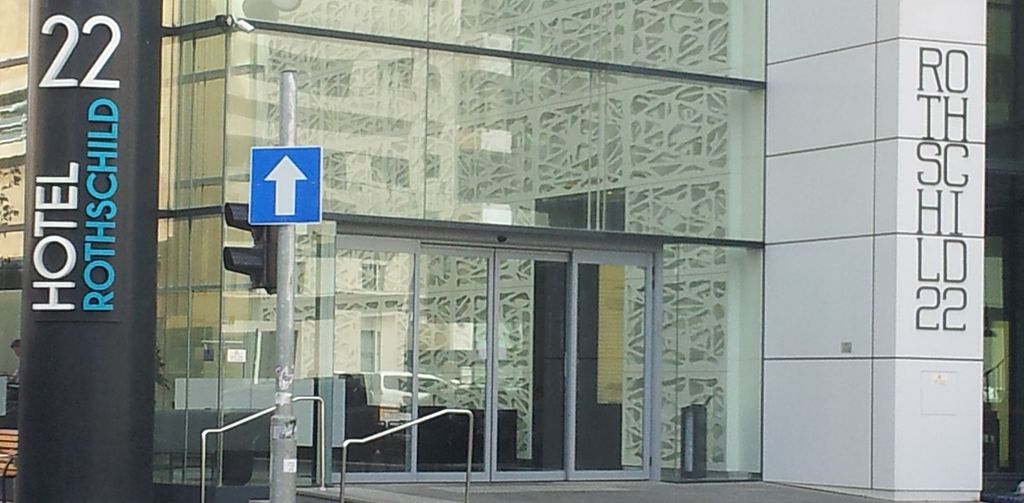
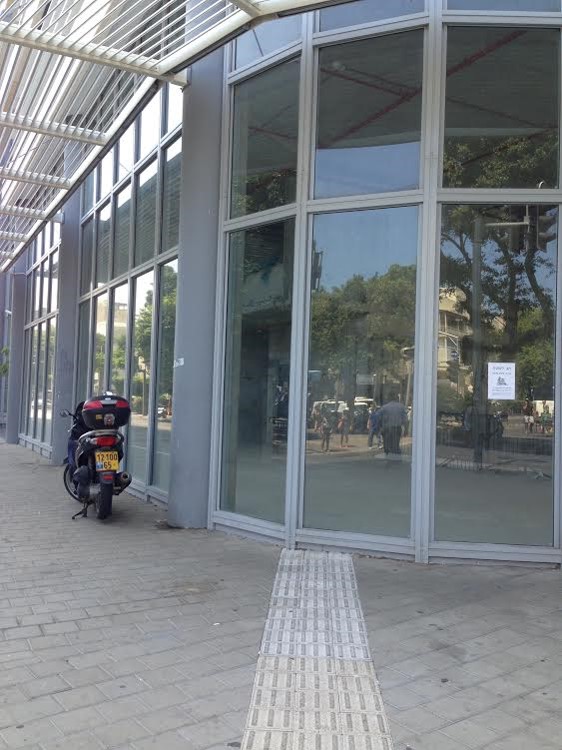
To conclude - Barthes defines the city’s user as “a sort of reader who, according to his obligations and his movements, samples fragments of the utterance” (Barthes, 1967). This discussion aims to sample a few fragments of Tel Aviv’s architectural utterance, in order to offer their reading as a cultural narrative.
To be continued...